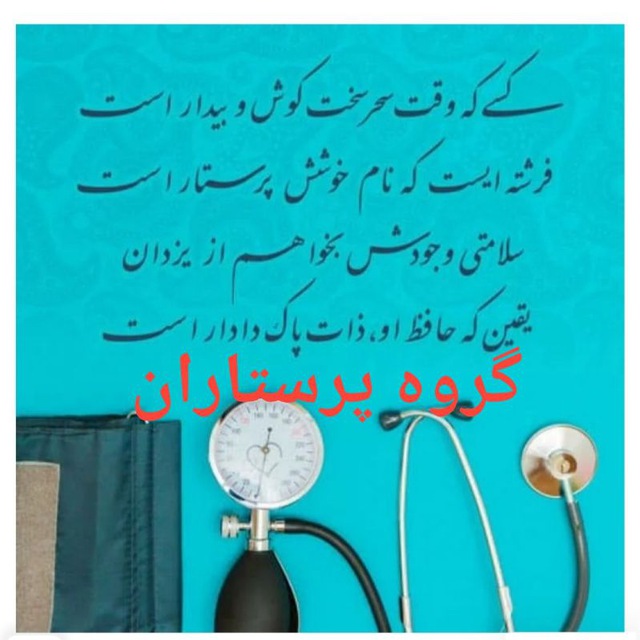Common mistakes during cardiopulmonary resuscitation:
As soon as they realize that the patient is unresponsive and has no pulse, chest compressions are not started and they wait until the team gathers to start resuscitation. This is very wrong and costs the patient’s life. Every minute of delay in resuscitation reduces the chance of survival by ten percent.
Not placing the patient on a special board
Usually, the patient is resuscitated on the same bed as he is, while the patient must be placed on a flat and hard surface, otherwise the pressure, which should be equal to 11 kg, is not fully applied to the patient’s chest.
Bending the resuscitator’s elbows and not having complete control over the patient
This factor causes the early fatigue of the resuscitator and also the lack of sufficient pressure on the patient’s chest. The patient should be fully dominated and the elbows should be straight, and the resuscitator should be completely perpendicular to the patient (90 degrees).
Not tying the hands together and subsequently pressing the fingers on the adjacent ribs and breaking the ribs
Although rib fracture is inevitable during CPR, it should be minimized as much as possible. The hands should be folded together and the dominant hand should be placed below. Also, put pressure on the chest with the palm of your hand
Hyperventilating the patient:
We often see that a person who is ventilating with an ambobag, ventilates quickly and with a large volume, unaware that this has the opposite result, because it causes lung barotrauma, or that the 30 to 2 cycle is used when the patient is intubated. It has been implemented, if the patient is intubated and should be ventilated once every 6 seconds without coordination with chest compressions.
Giving three shocks in a row or when the shock is given, they monitor the rhythm continuously.
Three consecutive shocks were in the past guidelines, and research has shown that immediate evacuation of the second and third shocks has no effect. Also, there are no reports of the immediate effect of the shock on the patient’s palpability or the return of the minimum rhythm suitable for survival. The principles of the work are that after the shock, chest compressions should be started immediately and 5 cycles of 2:30 or a duration of 2 minutes of CPR should be performed, and then the rhythm should be checked for a maximum of 10 seconds, and if the rhythm does not stop, the shock should be applied. be given otherwise the CPR cycles will continue.
Atropine is still injected in asystole, if it is not effective at all, and since 2010, atropine injection in asystole has been removed from the guidelines, because atropine will be effective when there is electrical activity of the heart.
Prescribing serum to the patient for free:
After each injection, 20 cc of saline serum is given, which is equivalent to 300 drops, but it should be noted that free serum is prohibited in cardiac resuscitation because the heart is not capable of pumping and a large volume accumulates inside the right atrium (increased preload). And then the perfusion of the coronary arteries decreases.
@PARASTAARAN
